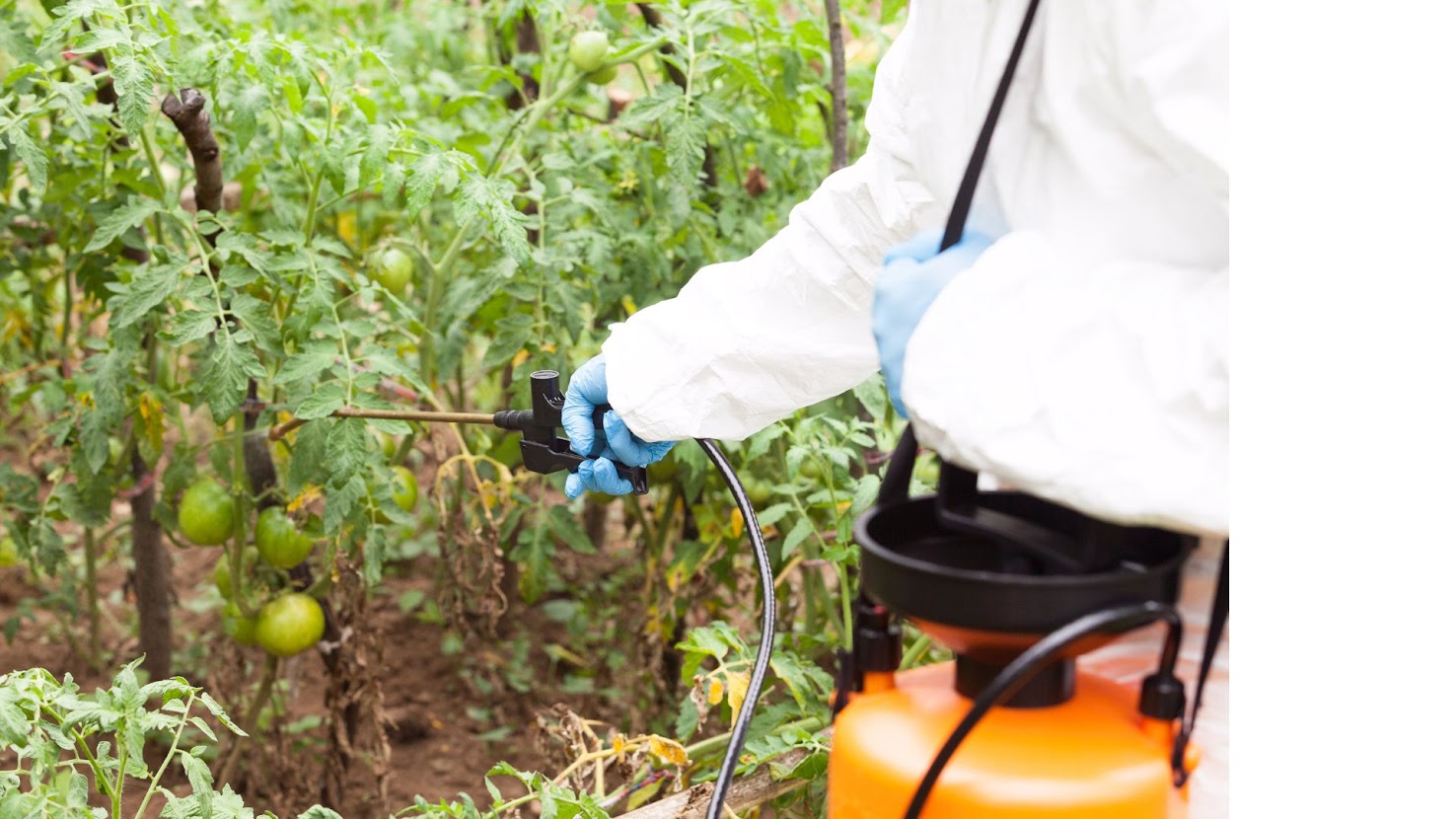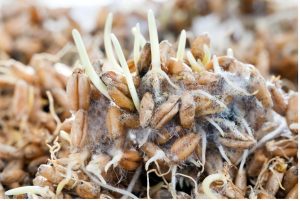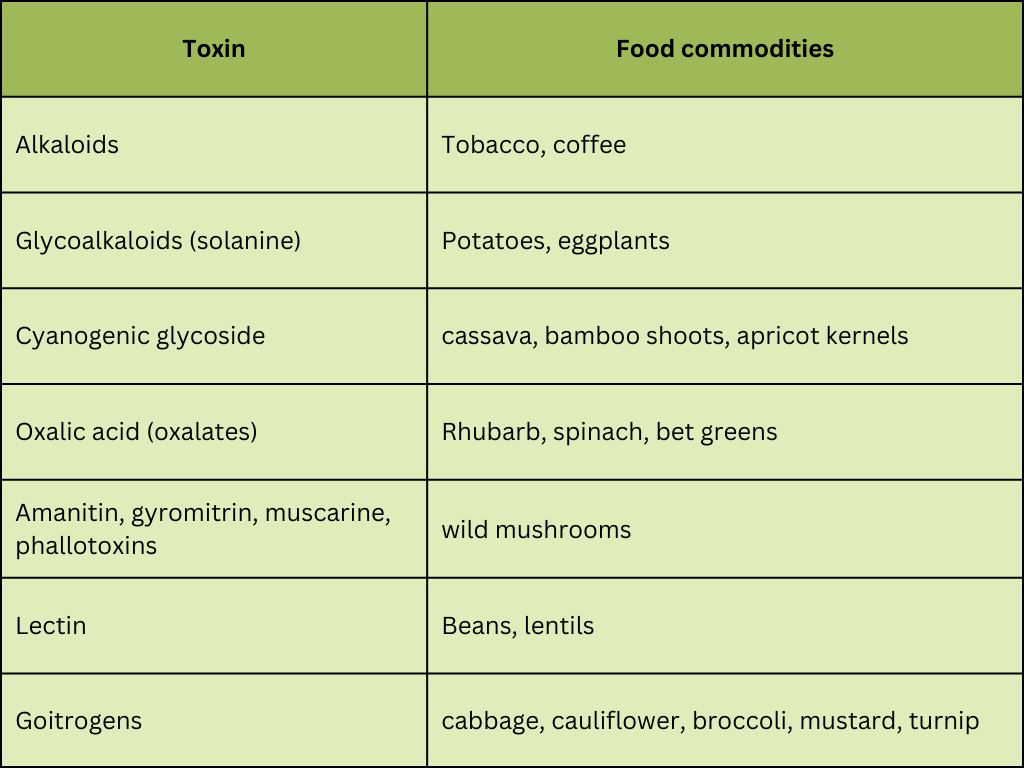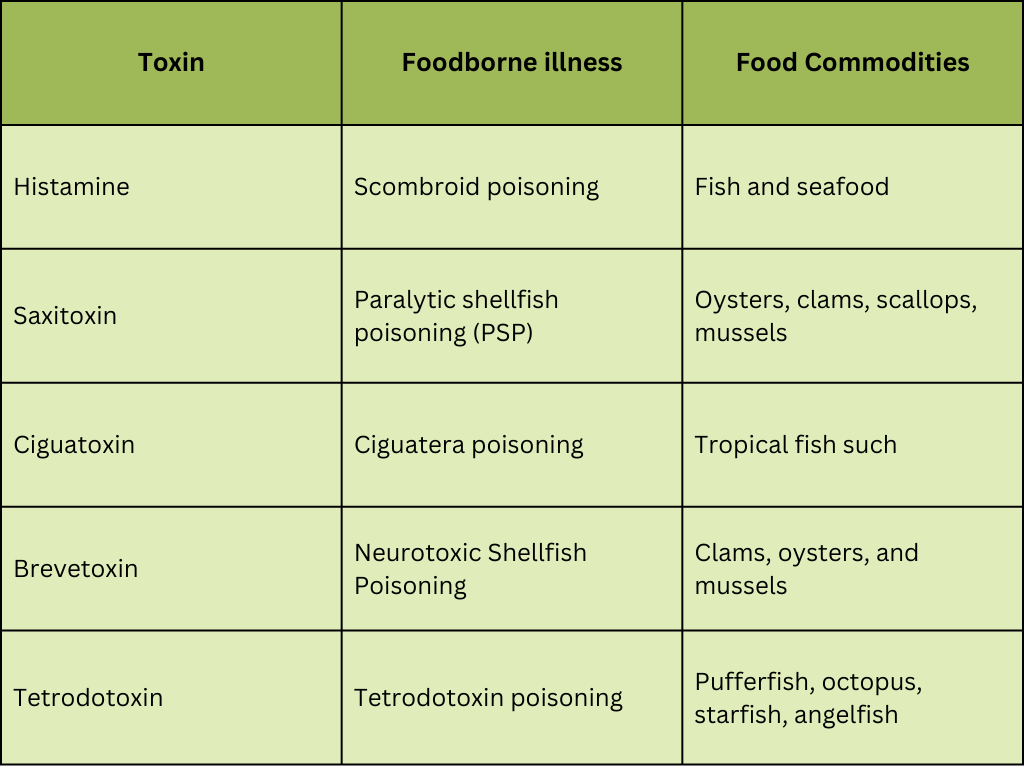Chemical hazards in food

This post is also available in:
This post is also available in:
![]() Español (Spanish)
Español (Spanish) ![]() Ελληνικά (Greek)
Ελληνικά (Greek) ![]() Português (Portuguese (Brazil))
Português (Portuguese (Brazil))
From Farm-to-Table: Understanding and Tackling Chemical Contaminants in Foods
What are Chemical Contaminants?
Chemical contaminants are chemical substances present in food unintentionally, and they can enter into food or food products at various stages of food production, processing or distribution [1]. Examples include heavy metals, veterinary drug residues, pesticides, environmental pollutants and food additives. These substances are used to improve crop yield or preserve foods, but when used or taken in excess amounts can cause serious health issues to the consumer.
What are the Sources of Chemical Contaminants?
1. Pesticides and Fertilizers: Pesticides or other agricultural products are used in order to control, attract or repel a pest. Using pesticides and fertilizers can cause chemical contamination of foods. Certain fertilizers may contain heavy metals like lead, cadmium and mercury [2], that accumulate in the soil and can be absorbed by crops, which then further make their way into the food chain. Additionally, pesticides can leave residues on food products that are potentially toxic to humans and have acute and chronic health effects [3]. This can happen if the instructions regarding the dosage and the pre-harvest interval are not followed. The preharvest interval is an (obligatory) indication of how many days before harvest you need to apply the pesticide to the crop.
2. Environmental Contaminants: Chemicals like dioxins and polychlorinated biphenyls (PCBs) can get into the environment and contaminate the soil, water and air when industries release industrial pollutants into the atmosphere. Sometimes, since they have been manufactured for industrial use, they are very stable, and their decomposition is difficult. These chemicals get absorbed by plants and can accumulate in the fatty tissue of animals, contaminating food products such as meat, fish and dairy products [4, 5].
3. Food Additives and Packaging: Certain food additives such as artificial colours, flavour enhancers and preservatives can cause risks to human health [6]. They are intentionally added to food to enhance food taste or colour, however, when consumed in excess amounts can pose risks to consumers. Also, packaging materials may contain chemicals such as bisphenol A (BPA) and phthalates that can migrate into food and become health hazards [7]. Other undesirable chemicals can be found after heat processing methods like baking or deep-frying. Some of these reactions involve natural constituents present in the food, while others may involve intentionally used food additives, ingredients, or packaging materials. Some common processing-induced chemicals that have been linked with food safety hazards are acrylamide, furan and nitrosamines.
4. Mycotoxins: They are naturally occurring toxins produced by fungi under specific conditions that can be harmful to both humans and animals. While there are various mycotoxins present in the environment, only a few are commonly found in food. The primary mycotoxins of concern for human health include mycotoxins have some specific characteristics:
- They are resistant to high temperatures without losing their toxicity.
- Mycotoxins can cause harm to the cells of humans and animals.
- Different mycotoxins are commonly associated with specific crops, such as corn, cereal crops, or apples.
- They can lead to long-term health effects such as various types of cancer, immunosuppression, growth retardation, and other toxicities.
- Some mycotoxins exhibit antibiotic properties, which can impact microorganisms.
Important mycotoxins are aflatoxins, ochratoxins, citrinin, ergot alkaloids, patulin, trichothecenes, and zearalenone.

5. Natural Toxins- Marine Toxins
Natural toxins are substances produced by living organisms, including plants and animals, that can be harmful or toxic to humans and animals when consumed. Some of them are naturally occurring in plants and have no effect when consumed in normal quantities.

Marine toxins are toxins produced by certain marine organisms, such as algae, bacteria, fish, and shellfish. The most known hazard from marine toxins is scombroid poisoning. Histamine is formed when certain types of fish start to decompose. Some specific bacteria convert histidine (an amino acid) into histamine during this process. High levels of histamine lead to severe reactions that are similar to allergic responses. Toxic levels of histamine can accumulate in the fish without any noticeable changes in smell or taste [11].
Below is presented a table with natural toxins found in food plants.

The Impact of Chemical hazards on Human Health
- Long-term Health Effects: Exposure to chemical contaminants for long period of time may lead to chronic health effects. Heavy metals have harmful health effects that have been observed as musculoskeletal diseases, neurodegenerative disorders and reproductive hormonal imbalance [8]. They can also cause serious nutrient depletion in the body, which declines the immunological defences, impair psycho-social facilities, and cause intrauterine growth retardation [9]. Severe effects like asthma, soft tissue sarcoma, ovarian cancer, lung cancer and endocrine disruption can be caused by pesticides [8].
- Allergies and Sensitivities: Certain food additives and contaminants can trigger allergic reactions in susceptible individuals this can lead to several symptoms ranging from mild discomfort to severe reactions [6].
How Do We Address the Issue of Chemical Contamination in Foods?
Several measures are being taken to ensure food safety to minimize chemical contaminants in the food supply chain. These measures include:
- Improved Testing and Detection: Advances in analytical techniques have enabled more accurate and sensitive detection of chemical contaminants in food [10]. Rapid testing methods allow for quick identification of products that are contaminated. This enables timely recalls and prevents the entry of these contaminated products into the market.
- Regulations and Standards: Legislation is in place to regulate levels of different chemicals in food. Unhealthy additives and adulterants are not allowed for use legally. [8]. Various international organizations and Governments have set regulatory limits on pesticide residues in food, referred to as maximum residue limits (MRLs).
- Good Agricultural Practices: Promoting and implementing sustainable agricultural practices like organic farming can help reduce reliance on chemical fertilizers and pesticides, minimising the risk of contamination.
- Enhanced Supply Chain Management: Traceability systems can help identify contamination sources in the food supply chain and allow for the removal or recall of contaminated products. This prevents the spread of contaminated products in the market. This includes better record-keeping, monitoring, and collaboration among stakeholders.
Conclusion
Efforts to address chemical contamination in the food supply chain require collaboration among various stakeholders, including food producers and consumers. Chemical contaminants present significant health risks for consumers, such as chronic effects and allergic reactions.
To effectively tackle this issue, advancements in testing and detection methods have been made, allowing for more accurate identification of contaminated products and prompt recalls. Regulations and standards have also been established to limit chemical residues in food. Promoting good agricultural practices, such as organic farming, reduces reliance on chemical fertilizers and pesticides, thereby minimizing the risk of contamination.
Implementing traceability systems and fostering collaboration among all involved parties aids in identifying and removing contaminated products from the market. By embracing these measures and fostering a collective responsibility, we can work towards ensuring a safer and healthier farm-to-table journey for consumers while safeguarding public health.
References
- EFSA (n.d). Chemical contaminants in food in feeds Available online: https://www.efsa.europa.eu/en/topics/topic/chemical-contaminants-food-feed
- Gambuś, F., & Wieczorek, J. (2012). Pollution of fertilizers with heavy metals. Ecological Chemistry and Engineering. A, 19(4-5), 353-360.
- WHO (2022). Pesticide residues in food. Available online: https://www.who.int/news-room/fact-sheets/detail/pesticide-residues-in-food
- WHO (2016). Dioxins and their effects on human health. Available online: https://www.who.int/news-room/fact-sheets/detail/dioxins-and-their-effects-on-human-health
- Schecter, A., Colacino, J., Haffner, D., Patel, K., Opel, M., Päpke, O., & Birnbaum, L. (2010). Perfluorinated compounds, polychlorinated biphenyls, and organochlorine pesticide contamination in composite food samples from Dallas, Texas, USA. Environmental health perspectives, 118(6), 796–802. https://doi.org/10.1289/ehp.0901347
- Joute, J. R., Chawhan, P., Rungsung, S., & Kirthika, P. (2016). Food additives and their associated health risks. International Journal of Veterinary Sciences and Animal Husbandry, 1(1), 1-5.
- Saraswat, R., Saraswat, D., & Yadav, M. (2019). Adverse effects of chemicals used in Food packaging materials on human health. International Journal of Emerging Technologies and Innovative Research, 6(6) 511-516 Available at: http://www.jetir.org/papers/JETIR1908A20.pdf
- Alengebawy, A., Abdelkhalek, S. T., Qureshi, S. R., & Wang, M.-Q. (2021). Heavy Metals and Pesticides Toxicity in Agricultural Soil and Plants: Ecological Risks and Human Health Implications. Toxics, 9(3), 42. MDPI AG. Retrieved from http://dx.doi.org/10.3390/toxics9030042
- Rather, I. A., Koh, W. Y., Paek, W. K., & Lim, J. (2017). The Sources of Chemical Contaminants in Food and Their Health Implications. Frontiers in pharmacology, 8, 830. https://doi.org/10.3389/fphar.2017.00830
- Rodriguez, R. S., O’Keefe, T. L., Froehlich, C., Lewis, R. E., Sheldon, T. R., & Haynes, C. L. (2020). Sensing food contaminants: advances in analytical methods and techniques. Analytical Chemistry, 93(1), 23-40.
- Government of Canada, Chapter 4: Food Safety Hazards









































































